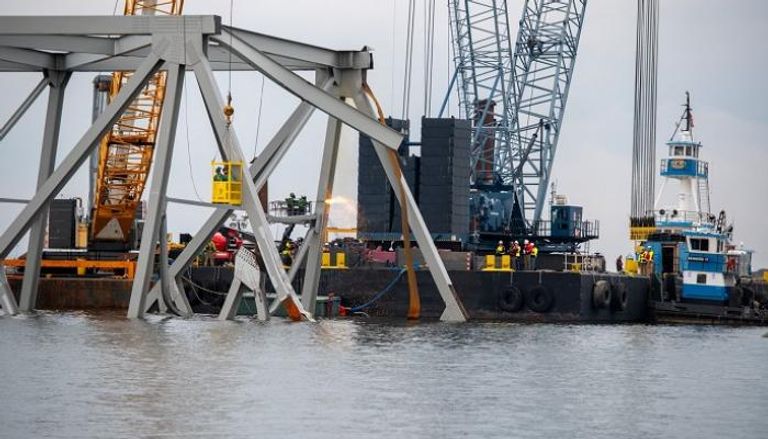These days a floating crane called the Chesapeake 1000 — nicknamed “Chessy” — has the grim task of hauling off shattered steel from last week’s fatal bridge collapse in Baltimore.
It has taken on many jobs over the decades. But the crane’s most notable operation, until last week, was helping the CIA retrieve part of a sunken Soviet submarine.
WHAT’S THE ORIGIN STORY?
In the early 1970s, the crane barge was called the Sun 800 for the number of tons it could lift. It helped to construct a specialized ship that raised a portion of the sub in 1974. Specifically, the crane hoisted into the ship heavy machinery that was vital to the Cold-War heist.
The equipment included a mechanical claw, tons of steel pipe and a heavy duty hydraulic system. The Soviet submarine was roughly 3 miles (5 kilometers) below the surface of the Pacific.
The CIA wrote on its website that the ship “could conduct the entire recovery under water, away from the view of other ships, aircraft or spy satellites.” The specialized ship was called the Hughes Glomar Explorer, named after the billionaire industrialist Howard Hughes.
To save time, a Philadelphia-area shipyard built the vessel’s heavy parts on the ground. The floating crane was needed to lift those assembled pieces into the new ship.


